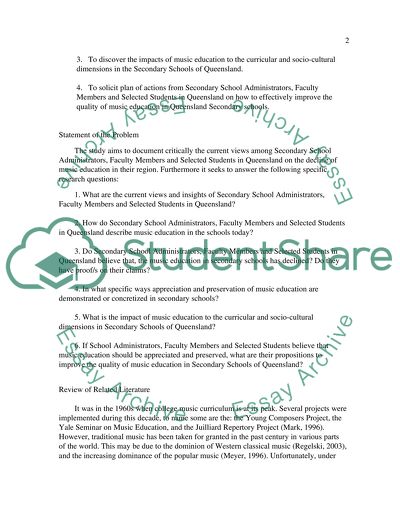Cite this document
(The Decline of Music Education in Queensland Secondary Schools Assignment, n.d.)
The Decline of Music Education in Queensland Secondary Schools Assignment. Retrieved from https://studentshare.org/education/1531489-research-proposal-for-research-methods-unit-in-masters
The Decline of Music Education in Queensland Secondary Schools Assignment. Retrieved from https://studentshare.org/education/1531489-research-proposal-for-research-methods-unit-in-masters
(The Decline of Music Education in Queensland Secondary Schools Assignment)
The Decline of Music Education in Queensland Secondary Schools Assignment. https://studentshare.org/education/1531489-research-proposal-for-research-methods-unit-in-masters.
The Decline of Music Education in Queensland Secondary Schools Assignment. https://studentshare.org/education/1531489-research-proposal-for-research-methods-unit-in-masters.
“The Decline of Music Education in Queensland Secondary Schools Assignment”, n.d. https://studentshare.org/education/1531489-research-proposal-for-research-methods-unit-in-masters.


